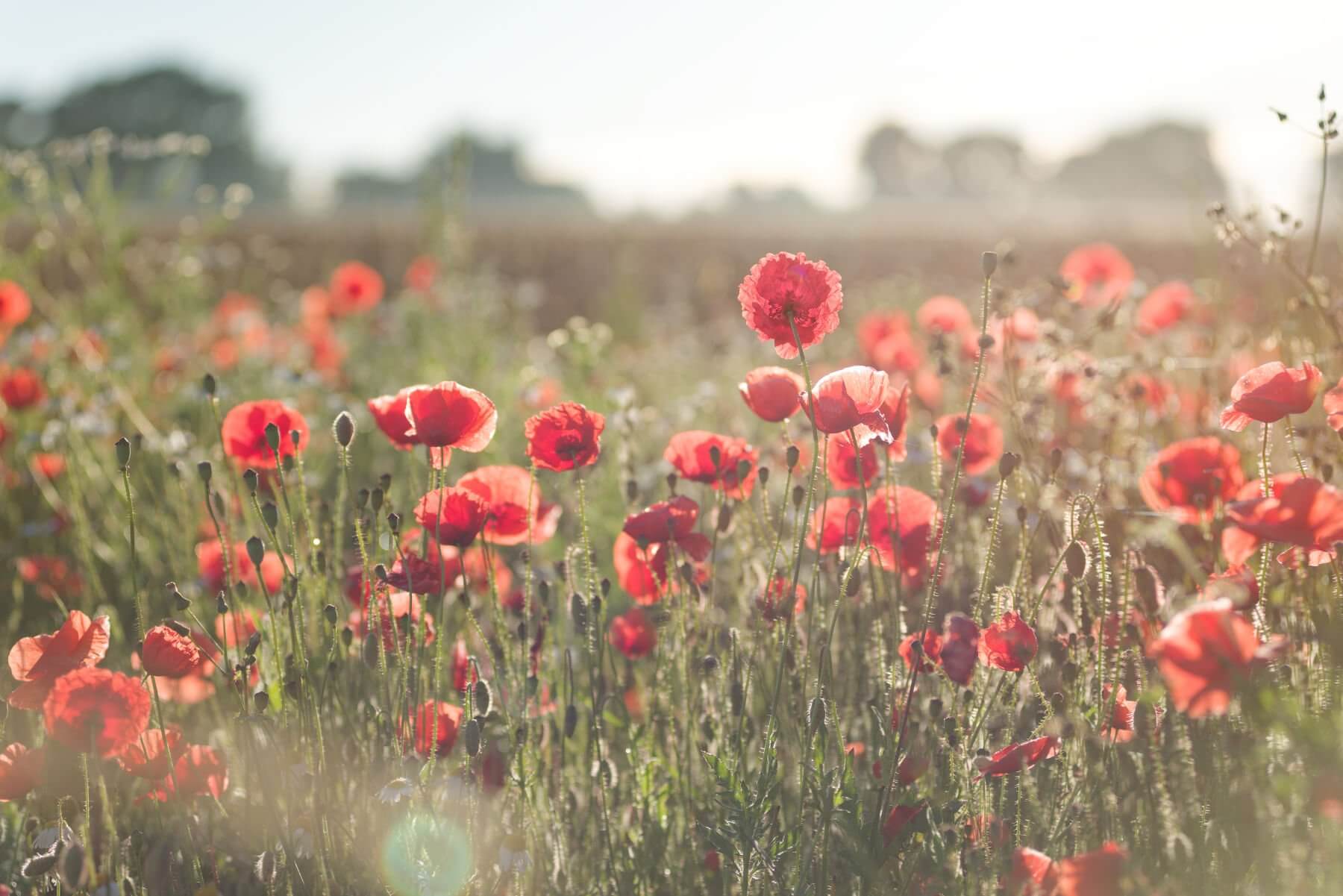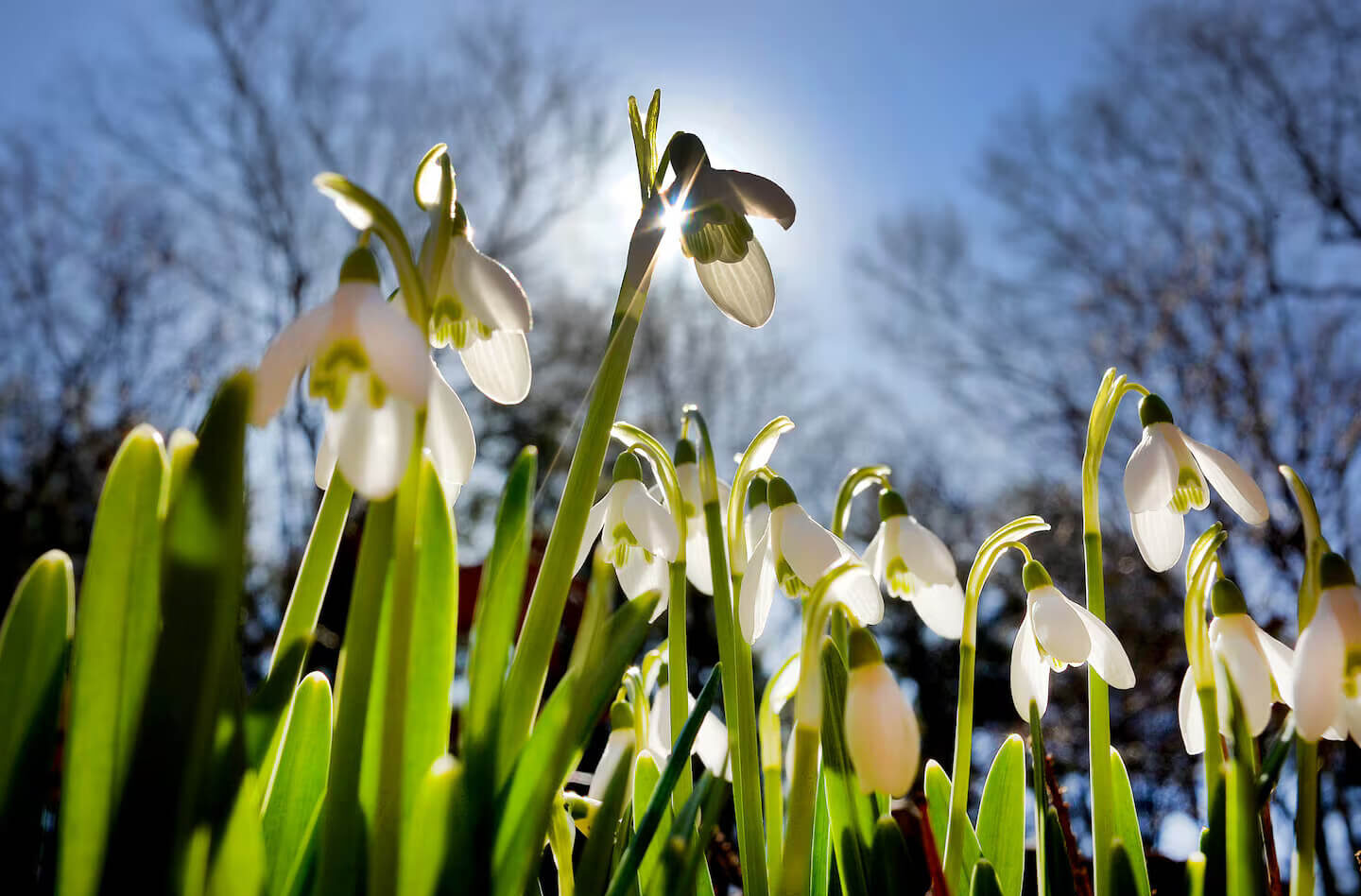Flower photography offers a beautiful and rewarding way to capture nature’s delicate details.
Whether you’re an amateur or a seasoned photographer, flower photography provides endless opportunities to explore composition, lighting, and creativity.
In this guide, we’ll share valuable tips to help you capture stunning floral images and improve your skills.
Flower Photography: How To Use Natural Light Effectively
Natural light is one of the most essential components of flower photography. Using the right type of light can make a huge difference in how your photos turn out:
1. Golden Hour for Soft, Warm Light
-
The golden hour, shortly after sunrise or before sunset, offers soft and warm light that enhances the natural beauty of flowers. This is the best time to photograph flowers as the light is diffused and creates a magical glow.
2. Avoid Harsh Midday Sun
-
Midday sun can create harsh shadows and overexposed highlights, making flower petals look flat. If you need to shoot during this time, try to find some shade or use a diffuser to soften the light.
3. Backlighting for Transparency
-
Backlighting your flowers can reveal intricate details and give a beautiful glowing effect to translucent petals. Experiment with positioning the sun behind the flower for a striking visual effect.
Essential Camera Settings For Crisp Floral Shots
To achieve sharp and clear flower photos, you need to adjust your camera settings. Here are some essential tips to get the best results:
1. Aperture (f-stop) for Depth of Field
-
Use a wide aperture (f/2.8 to f/5.6) to blur the background and focus on the flower itself. A shallow depth of field isolates the subject, giving the flower a soft, dreamy background that makes it pop.
2. Shutter Speed for Stability
-
Keep your shutter speed fast enough to prevent camera shake, especially if you’re shooting handheld. A speed of 1/100 or faster is usually ideal for still flowers, but adjust depending on the wind and light conditions.
3. ISO for Low-Light Conditions
-
If you’re shooting flowers in low light or during the evening, increase your ISO to maintain a sharp image. But be cautious of raising it too high, as this can introduce noise into your photos. Try to keep ISO as low as possible while still achieving a proper exposure.
Flower Photography Composition Tips For Stunning Images
Composition is key to creating visually striking flower photography. Here are a few tips for composing captivating floral images:
1. Rule of Thirds
-
The rule of thirds is a simple yet effective way to create dynamic compositions. Imagine a grid over your frame and place the main flower off-center, aligning it with one of the intersections of the grid. This creates a more balanced and interesting image.
2. Fill the Frame with Flowers
-
Don’t be afraid to get close to your subject. By filling the frame with the flower, you allow the viewer to appreciate the intricate details. This works well for macro shots and makes the flower the undeniable focal point of the image.
3. Use Leading Lines and Diagonal Angles
-
Incorporating natural lines or angles, such as the stem or surrounding leaves, can help guide the viewer’s eyes toward the subject. Diagonal lines can create a sense of movement and depth in your photos.
Best Times Of Day And Weather Conditions For Shooting Flowers
Timing your shoot is essential for capturing the best floral images. Certain times of day and weather conditions can enhance your photos:
1. Early Morning for Dew-Kissed Flowers
-
Early morning offers the perfect conditions for capturing flowers with dewdrops on the petals. The air is still, and the light is soft, creating a serene and peaceful atmosphere in your photos.
2. Overcast Days for Soft, Diffused Light
-
Overcast weather provides soft, even lighting that reduces harsh shadows and highlights. This makes it easier to photograph flowers with minimal contrast, allowing the natural colors and details to shine through.
3. Sunny Days for Bold and Vibrant Shots
-
If you prefer bolder colors and vibrant contrasts, shoot on sunny days, especially during the golden hour. However, make sure to avoid the harsh midday sun as it can overexpose the flowers and wash out their colors.
Flower Photography Mistakes Beginners Should Avoid
Even seasoned photographers make mistakes, but beginners often face specific challenges in flower photography. Here are some common pitfalls to avoid:
1. Overexposing Your Photos
-
Flowers, especially white petals, can easily become overexposed if the light is too harsh. To avoid this, keep an eye on your exposure settings and check the histogram to make sure you’re not losing detail in bright areas.
2. Getting Too Close to the Subject
-
While it’s important to capture fine details, getting too close can sometimes make the flower appear distorted or unbalanced. Allow some breathing room around the subject to maintain a natural look and prevent awkward compositions.
3. Neglecting the Background
-
A cluttered or distracting background can ruin an otherwise beautiful shot. Always pay attention to your background, and opt for a simple, uncluttered backdrop that complements the flower.
See you in the next post,
Anil UZUN

